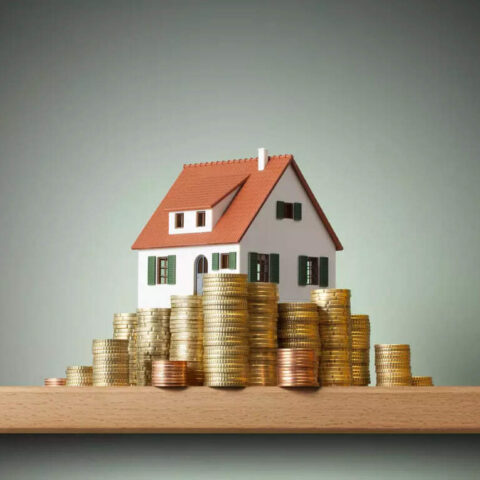The real estate industry plays a significant role in shaping our environment and has a substantial impact on natural resources. As the world becomes more conscious of the need for sustainable development, it is crucial for the real estate sector to adopt green practices. This article explores the importance of sustainable development in the real estate landscape and highlights various green practices that can be implemented.
The Importance of Sustainable Development
Sustainable development is the practice of meeting the needs of the present generation without compromising the ability of future generations to meet their own needs. In the context of real estate, sustainable development focuses on creating buildings and communities that are environmentally responsible, economically viable, and socially equitable.
Environmental Benefits
- Reduced carbon footprint: Green practices in real estate can significantly reduce carbon emissions, helping combat climate change.
- Conservation of natural resources: Sustainable buildings incorporate energy-efficient systems, water-saving technologies, and materials that minimize resource consumption.
- Biodiversity preservation: By incorporating green spaces and promoting biodiversity, real estate developments can contribute to the preservation of local ecosystems.
Economic Benefits
- Cost savings: Energy-efficient buildings can lead to substantial cost savings in terms of reduced utility bills.
- Increased property value: Green buildings often have higher market value and can attract environmentally conscious buyers and tenants.
- Job creation: The adoption of green practices in real estate can create new job opportunities in sectors such as renewable energy and sustainable construction.
Social Benefits
- Improved health and well-being: Sustainable buildings prioritize indoor air quality, natural lighting, and access to green spaces, which can positively impact the health and well-being of occupants.
- Enhanced community engagement: Sustainable real estate developments often foster a sense of community and encourage social interaction through shared spaces and amenities.
- Equitable access: Sustainable development aims to provide affordable housing options and ensure equal access to resources and amenities for all members of society.
Green Practices in Real Estate
Energy Efficiency
Energy efficiency is a key aspect of sustainable development in real estate. By implementing energy-efficient technologies and practices, buildings can reduce their energy consumption and carbon emissions.
Example: The Edge, Amsterdam
The Edge, located in Amsterdam, is considered one of the greenest buildings in the world. It utilizes various energy-efficient features, such as smart lighting systems, solar panels, and a sophisticated climate control system. These measures have resulted in a 70% reduction in energy consumption compared to traditional office buildings.
Water Conservation
Water scarcity is a growing concern in many regions, making water conservation a crucial aspect of sustainable real estate development.
Example: BedZED, London
BedZED, a sustainable housing development in London, incorporates rainwater harvesting systems, low-flow fixtures, and water-efficient landscaping. These measures have resulted in a 50% reduction in water consumption compared to conventional buildings.
Waste Management
Proper waste management is essential to minimize the environmental impact of real estate developments.
Example: The Bullitt Center, Seattle
The Bullitt Center in Seattle is a six-story office building that aims to be the greenest commercial building in the world. It incorporates composting toilets, on-site wastewater treatment, and a comprehensive recycling program. As a result, the building has achieved a 95% diversion rate, meaning that 95% of its waste is recycled or composted.
Case Studies: Successful Sustainable Real Estate Developments
1. One Central Park, Sydney
One Central Park in Sydney, Australia, is a prime example of sustainable real estate development. The building features vertical gardens, solar panels, and a tri-generation system that produces electricity, heating, and cooling. It has achieved a 5-star Green Star rating and has become an iconic landmark in the city.
2. The Crystal, London
The Crystal in London is a sustainable building that serves as a knowledge hub for urban sustainability. It incorporates various green technologies, including rainwater harvesting, solar panels, and a ground-source heat pump. The building has achieved the highest sustainability rating, BREEAM Outstanding, and has become a global center for sustainable development.
Conclusion
Sustainable development in the real estate landscape is crucial for creating a greener and more sustainable future. By adopting green practices such as energy efficiency, water conservation, and waste management, the real estate industry can significantly reduce its environmental impact while reaping economic and social benefits. Successful sustainable real estate developments around the world serve as inspiring examples of what can be achieved. It is essential for all stakeholders in the real estate sector to prioritize sustainability and work towards a more sustainable future.









